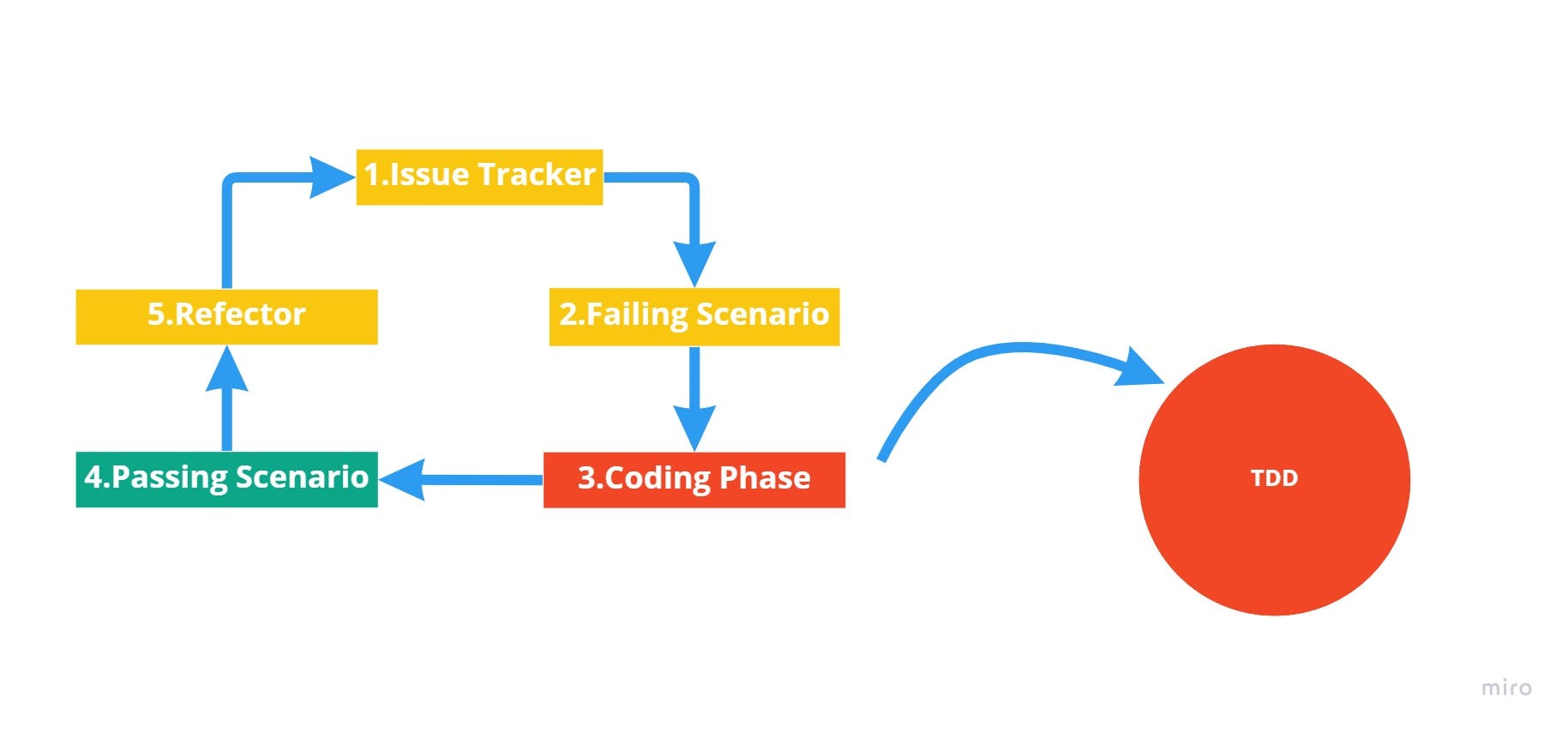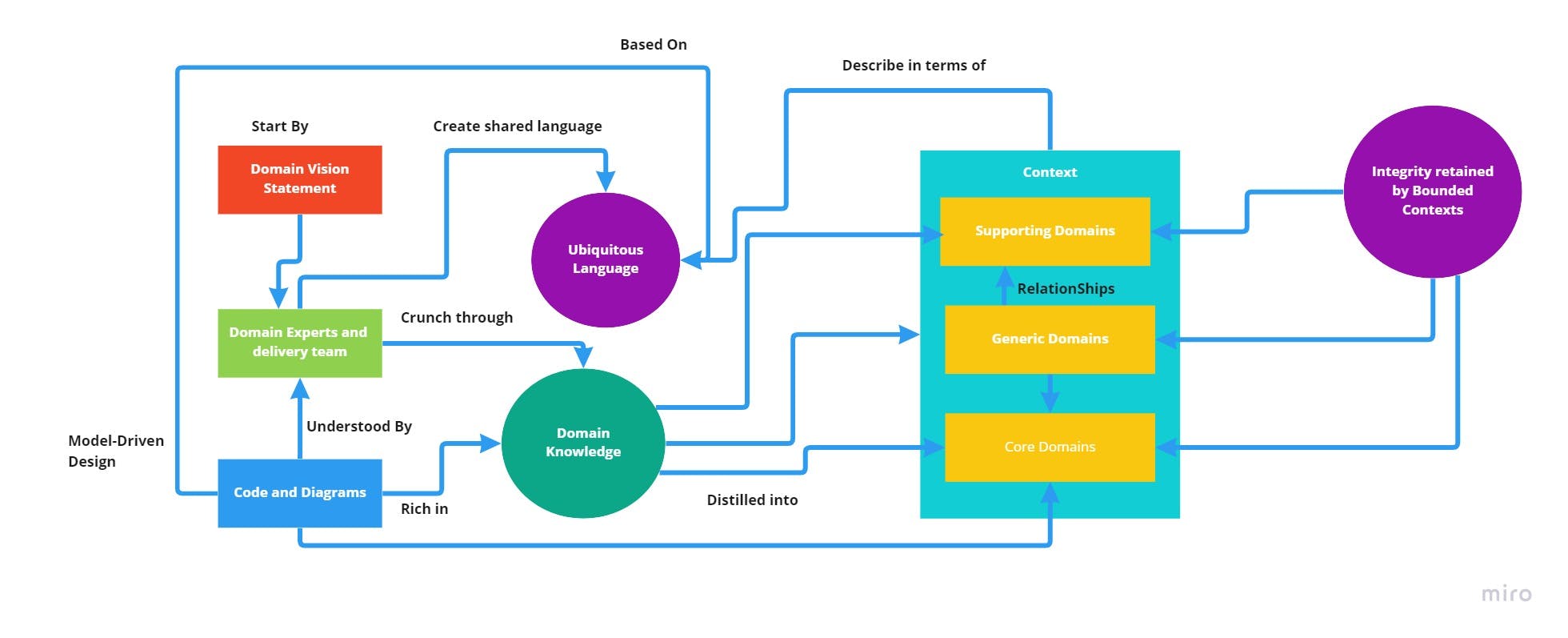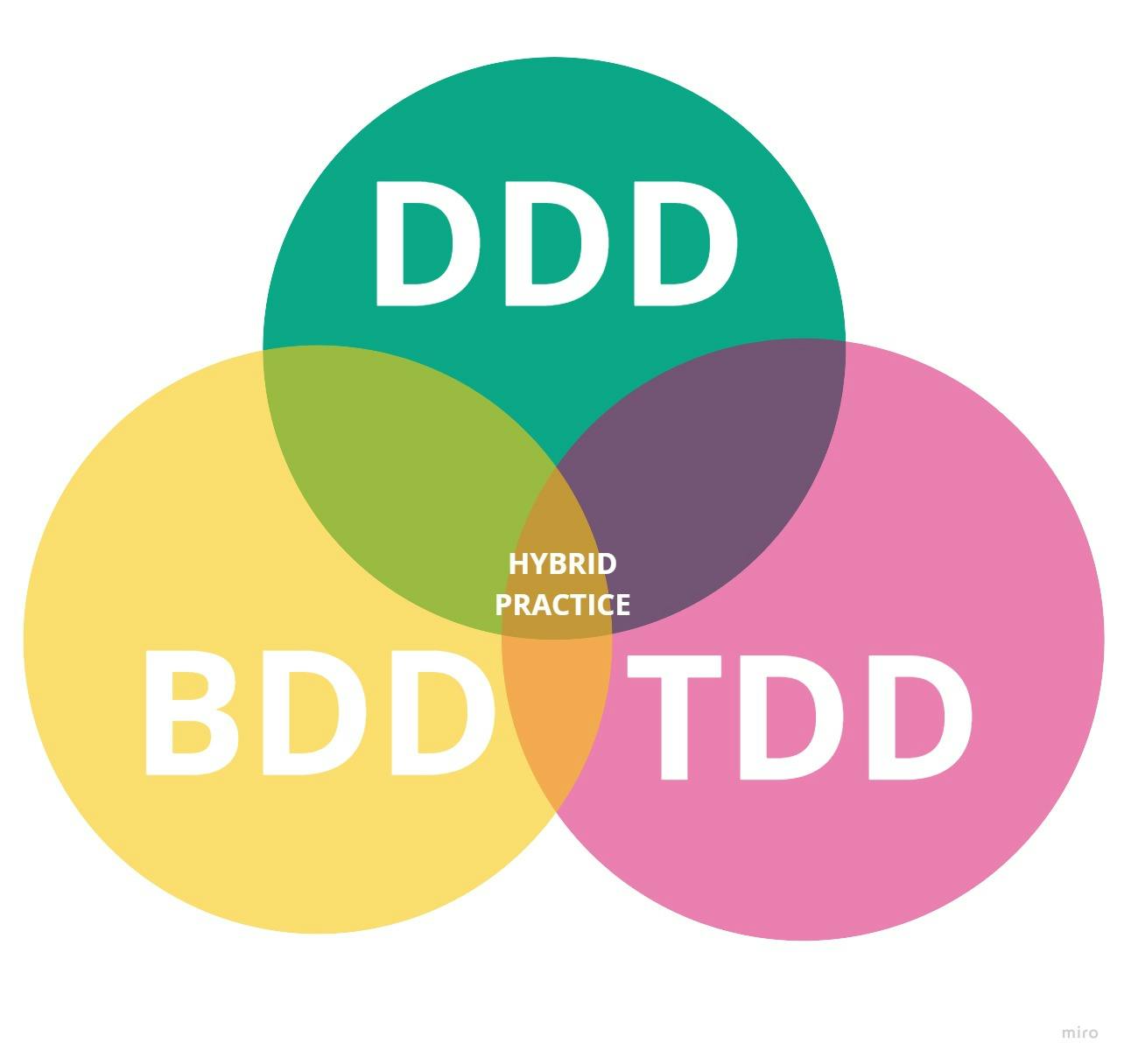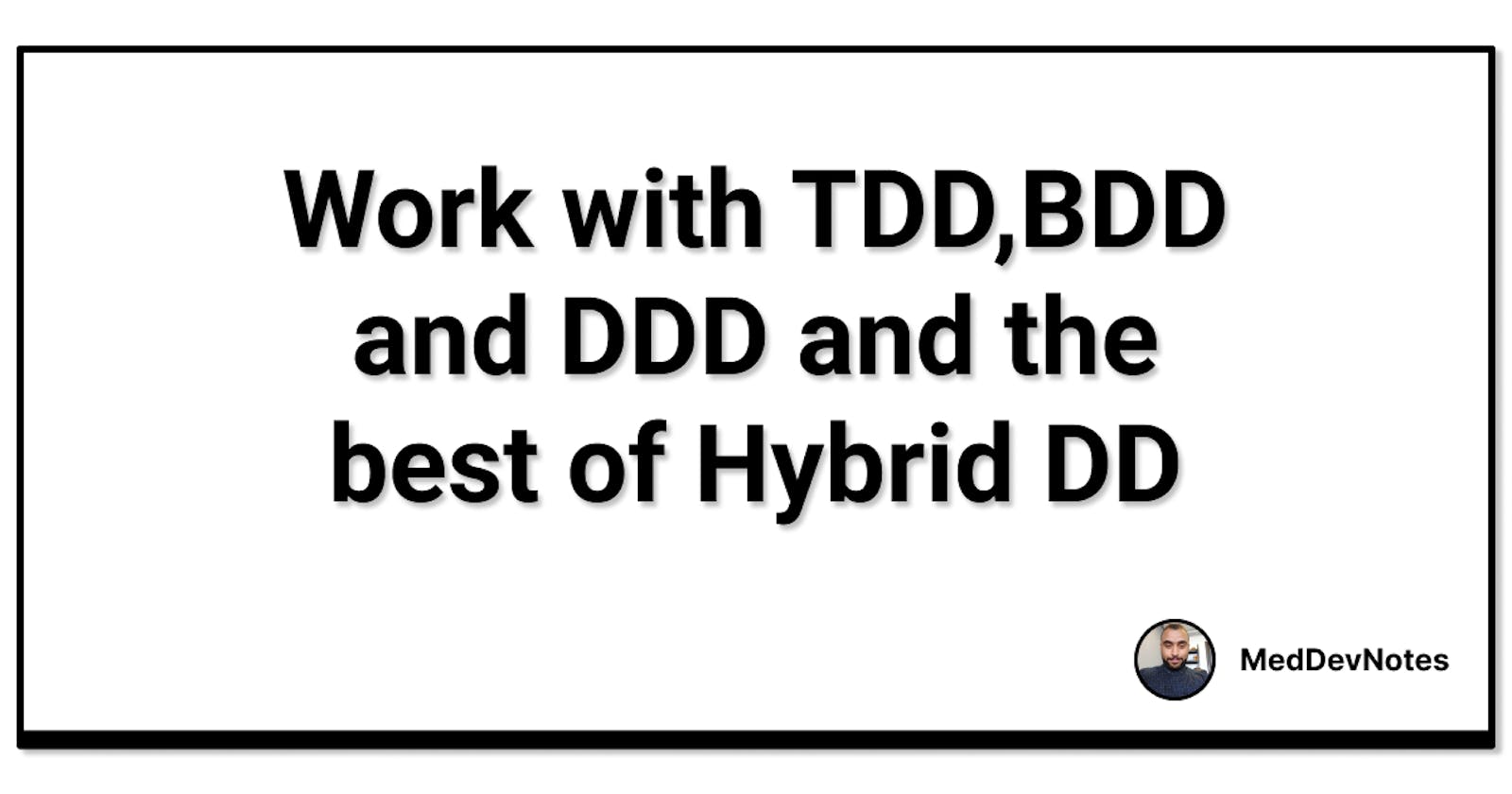The software development world is full and had enough languages, frameworks, and libraries, so for that developers and engineers to apply many methods and process to succeed in their software development life cycle, just implements any methodologies and start to make it really threw a whole process of testing, Dialogflowing, and concept. In this article, I will not get into definitions but I will make a specific overview of usage approaches in each methodology.
1. Test Driven-Development
This method consists of three main components: RED - GREEN -REFECTOR, as we know the TDD is building tests, watching them fail, and writing code to pass the test, when all of the tests succeed, start Refactoring the code. It's a closed cycle that repeats itself over and over until deploying the final solutions.

So, this method insists of write a good quality code, with a minimum amount to pass failure tests and writing more code and functions that can make the code passes all tests, also refactoring the code to be acceptable to the standards. Also, the TDD method makes the code bugs-free, functions that can crush the code and which functions return wrong results will be enhanced or removed from your code. It is a best practice to move from junior to senior level.
2. Behavioural Driven-Development
So addressing the best scenarios of software starts with a refinement of a TDD and limits the gaps between each development phase, and a better understanding of customer's needs. Basically, it is a combination of business requirements and code to understand the behavior of the system from a user perspective.

For this method, many OG and expert developers insist for its important because you need to understand the problem and whether it is created or found in the first place, also the value of the project solution that you have, from it you can build the code path that will take to find the optimal code, gain maintenance time in building features and reduce code bugs. This type of methodology is good for fresh software development, after all, is not about code, it is about your code reliability.
3. Domain Driven-Development
It is an approach and description of models of any software from getting the idea threw resolving it to connecting all necessary elements to the core domain and addressing the logic behind it, between technical and non-technical parties to improve the model.
 This method presents the best way to split a large development project into small parts, manageable segments, and modules. Also Can help teams to work on particular domains or modules end-to-end. To achieve this equation, it must enlist the domain experts; someone is capable to understand the problem and that realm more than anyone else.
DDD helps to remove the knowledge gap that usually exists between team core experts through models, context, ad ubiquitous languages. All teams will be involved and should have a crystal clear understanding of the project.
This method presents the best way to split a large development project into small parts, manageable segments, and modules. Also Can help teams to work on particular domains or modules end-to-end. To achieve this equation, it must enlist the domain experts; someone is capable to understand the problem and that realm more than anyone else.
DDD helps to remove the knowledge gap that usually exists between team core experts through models, context, ad ubiquitous languages. All teams will be involved and should have a crystal clear understanding of the project.
1. Hybrid Driven-Development
Actually named a Hybrid practice, it is an aggregate of all the above methods in one combination practice to achieve the best results, and reach the desired outcome; but it is not enough to combine the three frameworks and watch the projects get succeed. However, the hardest step is to understand when and where to utilize these frameworks to ensure the best results and fewer bugs.

So where do I begin? Starting to solve any problem truly makes you understand the problem's root and put all and only logic to begin from.
Conclusion
As the complexity of your projects grows, the only way to maintain the viability of your build and ensure success is to have your development practices grow with it. While the individual practices of TDD, DDD, and BDD are all valuable in their own right, it is the point at which they intersect that will provide the real value moving into the future.
Now, if you are faced with a large project that demands zero discrepancies between design document and implementation, requires minimal regression, and is maintainable over time, you can suggest an approach to that; more specifically, a hybrid approach that utilizes these three methods.
